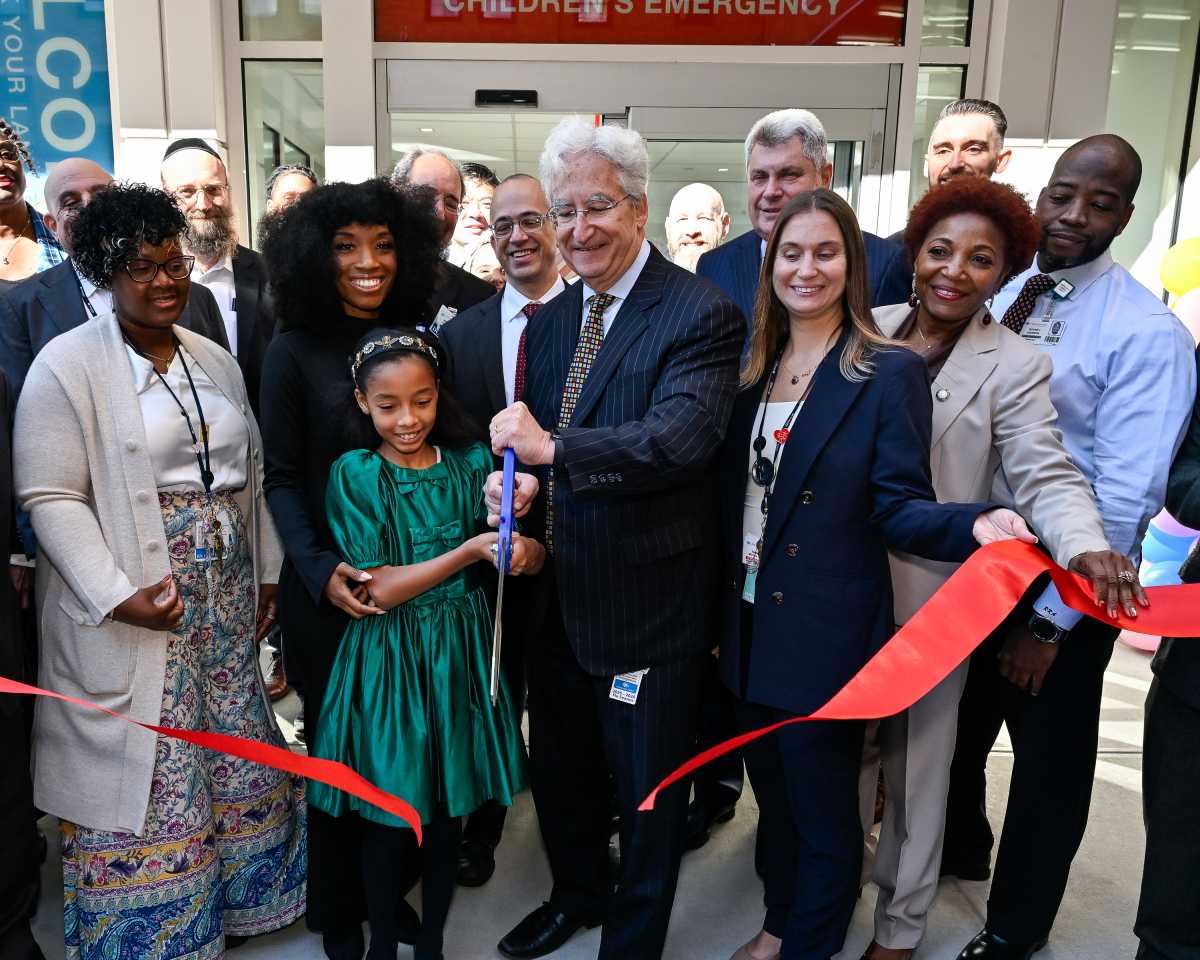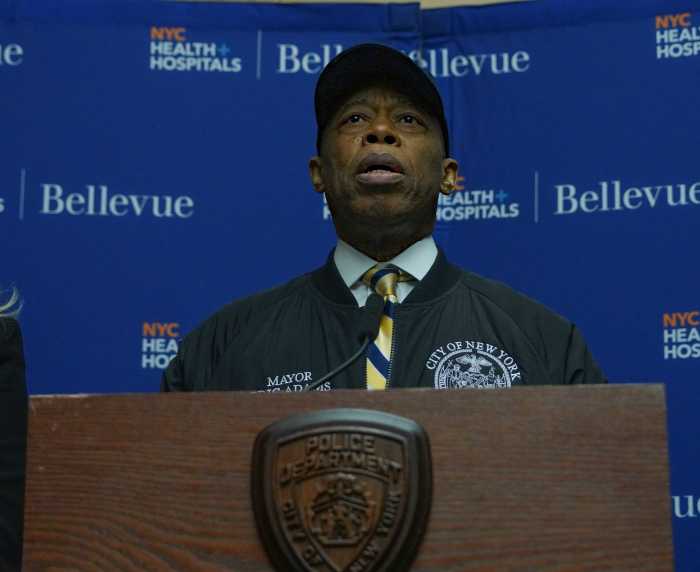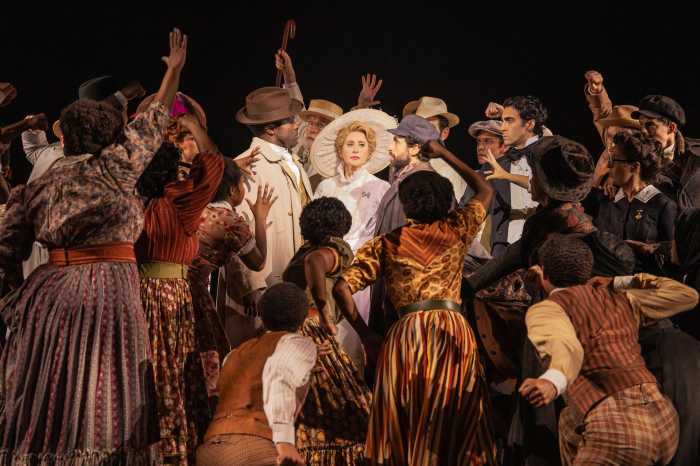Breast cancer treatment has made significant strides in recent years, from the advent of genetic testing to limiting the need for invasive surgery.
At the same time it can be confusing for women looking to understand their risk for and treatment options of the disease — the second most common cancer for women in the U.S., according to the Centers for Disease Control and Prevention.
We talked with Dr. Elisa Port, the chief of breast surgery at the Dubin Breast Center at Mount Sinai Hospital, about the biggest concerns surrounding breast cancer today in advance of her free talk, “Pre-Emptive Double Mastectomies: Understanding the Options,” at the 92nd Street Y (1395 Lexington Ave, 212-415-5500) on Sept. 15 at 2 p.m.
Why is this a good time to talk about breast cancer screenings?
There’s been so much controversy over screening and mammograms. Mammograms are pretty much a way of life for women over 40, but every year there seems to be an article questioning the validity of the practice. I’ll try and debunk some of the myths and give people more of a handle on why we make the recommendations we do.
What are some myths you’d like to debunk?
Basic misconceptions about what constitutes increased risk — and women do tend to overestimate their own risk — giving people a clear idea of what the average risk for breast cancer is, what’s the increased risk and how you manage those different scenarios.
What’s the difference between average risk and increased risk?
The average risk for getting breast cancer for women in the United States is about 10% over her lifetime. The things that can increase a risk of getting breast cancer can be anything from a family history to a genetic disposition. Not having any children, or having children late in life can also minimally increase one’s risk. We take all these factors and … customize their screening schedule based on what we feel might be their risk level.
At what age should women start getting screened?
Usually we recommend women start yearly mammograms at age 40, or 10 years younger than the youngest women in their family who was diagnosed. So if my mother developed breast cancer at the age of 45, I should probably start my mammograms at 35. That’s the general rule … Other screening tests include ultrasound and MRI, and the addition of those tests have to be done on an individual basis.
What have been the biggest advancements in breast cancer treatment in recent years?
Before 1990, there was really only one way to treat breast cancer, and that was with mastectomies. With each passing decade, there has been significant progress to make our interventions smaller and leave people with the same or better results, starting with lumpectomies in the 1990s. The last kind of big advance in the last few years is reducing the number of women who need all of their lymph nodes removed. All of these things are examples of significant advances for women, where we can do less and less surgically and yet deliver the same results.
What advancements can still be made?
I think we’ve gotten surgery to a quite minimal point. But here’s the interesting thing: Despite all of this progress that we’ve made, we definitely have noticed a trend in the last five to 10 years of women choosing to do more extensive surgery. Just because a woman can have a lumpectomy doesn’t mean they might not elect to do a mastectomy. These are the things that we have to look out for. It’s not very intuitively obvious to a patient who comes in diagnosed with breast cancer who’s very vulnerable and nervous, most of them think doing more aggressive surgery translates into better outcomes. How can it not be? The answer is it’s just not true. To me, the biggest challenge we have is making sure our patients are educated and making the right decisions for the right reasons.





































